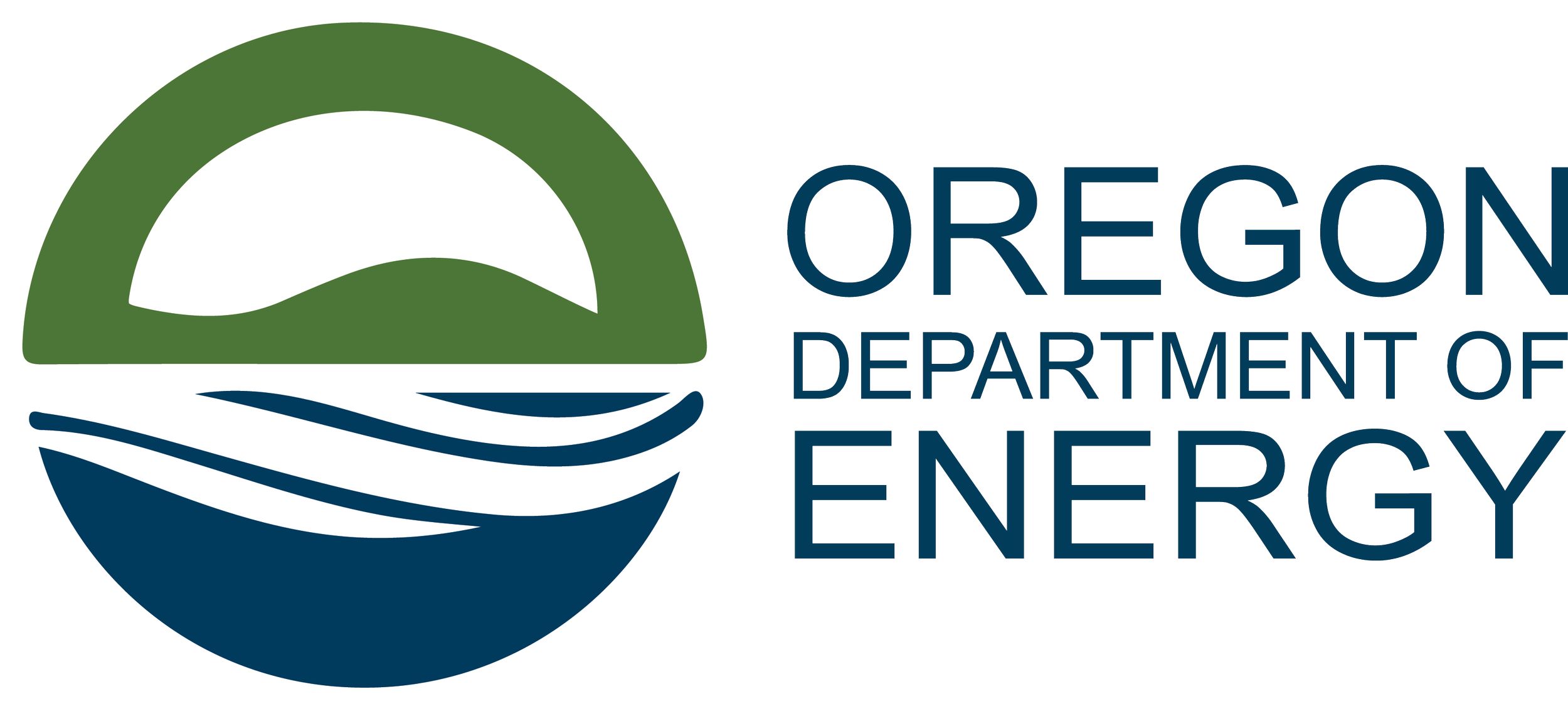Chemical Waste Management of the Northwest Risk Assessment and Corrective Action Plan
ODOE is accepting public comments on the documents through November 8, 2020 and will host a public meeting this fall.
On September 1, 2020, Chemical Waste Management of the Northwest (CWM) and its team of technical support contractors submitted the detailed risk assessment and corrective action plan required by the Oregon Department of Energy following a February 2020 Notice of Violation. After completing our initial technical review, we have published the documents on our website for public review. ODOE is now opening a 60-day public comment period (through November 8, 2020) on the documents and CWM’s preferred alternative for dealing with the waste currently in the landfill. Comments may be submitted to ODOE.Comments@Oregon.gov. ODOE staff will also continue a thorough technical review of the documents.
Background
Approximately 1,285 tons of fracking water filtration wastes were disposed in the CWM Arlington landfill between 2016-2019. ODOE determined that these wastes met the state’s definition of “technologically enhanced naturally occurring radioactive material” (TENORM) prohibited from disposal in Oregon, and issued a Notice of Violation to Chemical Waste Management in February 2020. As part of the Notice of Violation, ODOE required CWM to develop a Risk Assessment and Corrective Action Plan – those documents are now available for public review.
Risk Assessment and Corrective Action Plan
The Risk Assessment and Corrective Action Plan:
Evaluate and quantify the potential for workers or the public to have been exposed to health risks as a result of the past disposal of the waste in question from 2016-2019.
Evaluate alternatives regarding the best path forward for the approximately 1,285 tons of TENORM that were the subject of the Notice of Violation. The evaluation compares the risks and tradeoffs associated with either excavating the wastes or leaving them buried in their current locations within the landfill.
Detail the actions that CWM will take to prevent further disposal of radioactive materials.
Provide information to members of the public so they can make informed comments on the documents and the proposed corrective action.
The ODOE Nuclear Safety Division has been in regular discussions with CWM and its contractors to ensure that the analysis documents meet high standards for technical quality and can serve as an acceptable basis for decision-making. In concert with ODOE’s technical review, we are also seeking public comment as we evaluate the findings of the reports.
Summary of the Documents
The documents may be viewed at https://www.oregon.gov/energy/safety-resiliency/Pages/Radioactive-Waste-Disposal.aspx.
As described in the documents, CWM’s preferred alternative is the in-place closure of the subject TENORM wastes (i.e., leaving the wastes where they are currently buried). CWM’s Risk Assessment concluded that even in the event of multiple compounding worst-case scenarios, including a future resident living on a then-closed landfill surface and drinking water from a well at the edge of the landfill, the risk of cancer morbidity due to the radioactivity in these wastes would be up to one in a million, but likely far less. Future concentrations in groundwater are also calculated to be well below drinking water standards. The risk to current and future workers resulting from leaving the buried waste in-place was found to be essentially zero. By contrast, CWM’s analysis concludes that the decision to exhume the wastes and redispose them at another out-of-state facility would carry a number of uncertain and potentially serious risks resulting from the disturbance of the other hazardous chemical (non-radioactive) wastes legally disposed in the landfill.
CWM’s assessment of the potential risk to landfill workers and members of the public associated with the original disposal of the wastes confirmed ODOE’s prior assessment, with OHA and DEQ, that the risk to workers was exceedingly small, even in the unlikely event that the same person had been present at every disposal instance from 2016-2019. In addition, the risk to offsite members of the public would have been small enough as to result in essentially zero adverse health effects.
As part of the corrective action, Waste Management has proposed the installation of an automated radiation portal monitor to screen all future waste loads entering the site. The company has also already enacted a new waste verification process, which involves direct sampling and radiological measurement of representative wastes associated with each waste profile that may contain TENORM, followed by a check with ODOE to seek concurrence that disposal of the wastes represented by the waste profile is legal in Oregon. This two-step verification system will provide the company, and ODOE, greater confidence that the company is taking appropriate safeguards to operate the facility in accordance with Oregon statutes and rules.
Public Comment Period
The release of these documents marks the beginning of a public comment period on the analysis and on CWM’s preferred alternative, which is to close the subject wastes in place at the landfill. The public comment period is scheduled to last 60 days, through November 8, 2020. Following the close of the comment period, ODOE will review and respond to all substantive comments and issue a determination accepting or rejecting the preferred alternative.
During the public comment period, staff from ODOE and CWM will hold a public meeting to discuss the report findings. The details of this meeting are still being developed, but will be designed to meet the Governor’s directives for maintaining safety during the COVID-19 pandemic.
Public comments or questions may be addressed to ODOE.Comments@Oregon.gov or mailed directly to the Oregon Department of Energy Nuclear Safety Division at 550 Capitol St NE, Salem OR 97301.
